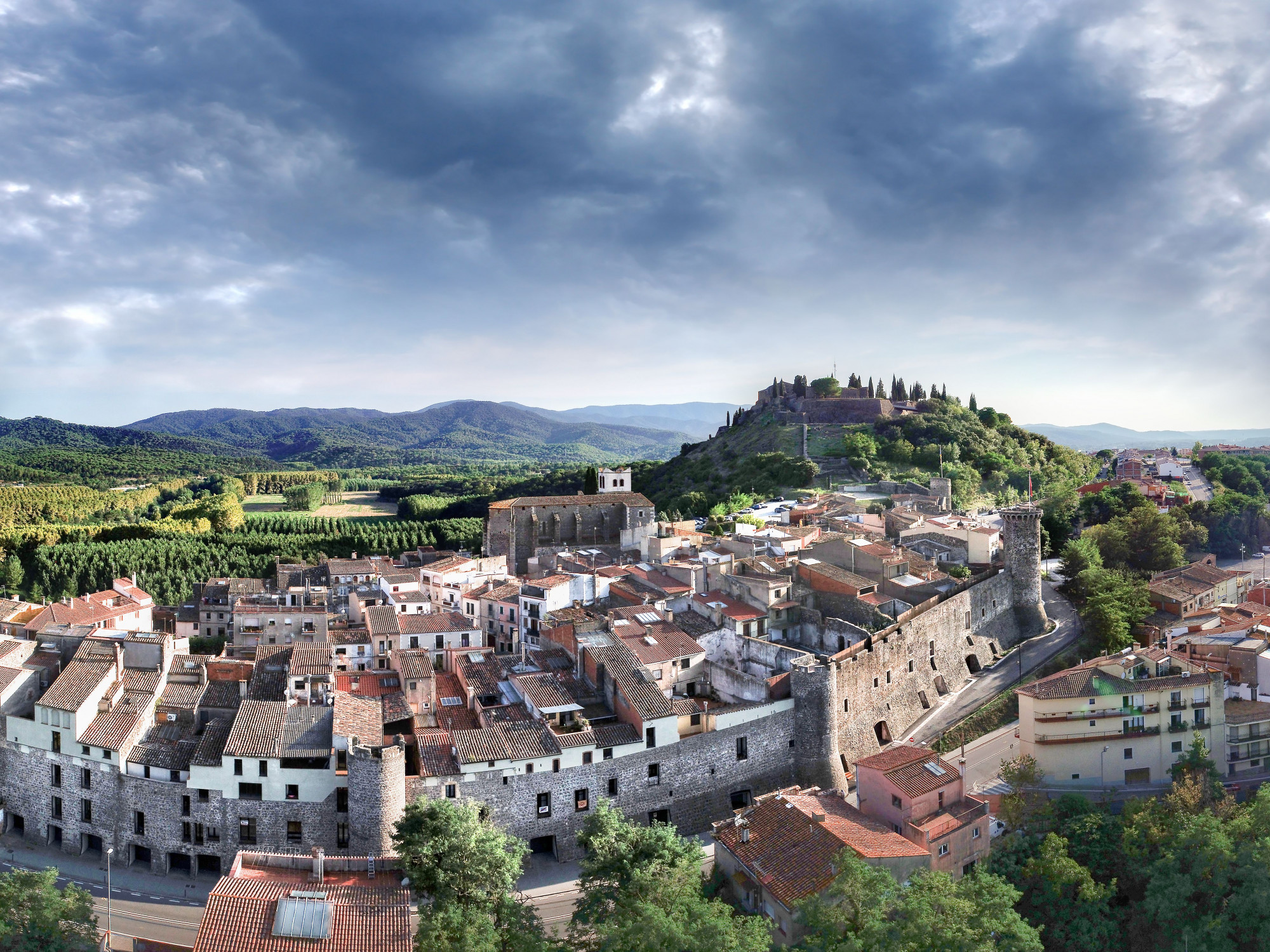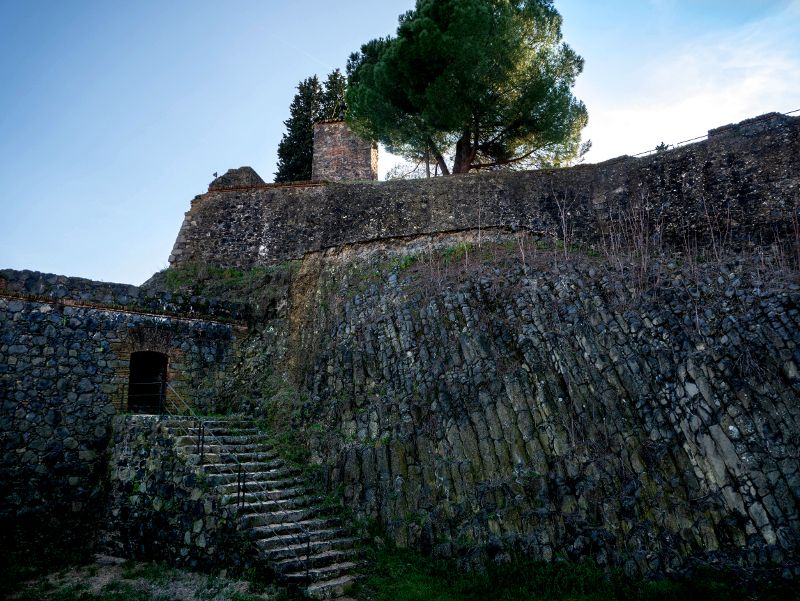Hostalric 1810: Historical Reenactment Camp
On the weekend of September 27 and 28, Hostalric 1810, returns an immersive weekend that will transport us back to the 19th century with a spectacular historical reenactment set in the Napoleonic era. For two days, the Fortress of Hostalric will become a real Napoleonic camp from 1810, with soldiers, scenes of daily life, and a grand battle in the castle moat. Historical context The year is 1810. The fortress of Hostalric is under siege by French troops. General Duhesme, after nine days of bombardments, is preparing to strike the final blow and conquer the stronghold. In this critical situation, Coronel Estrada is preparing to save the remaining troops inside the fortress. He has a risky plan: to lead around 700 men out and reach Vic without being discovered. To succeed, he will rely on the help of about a hundred wounded soldiers and “miquelets”, who will try to hold off the French as long as possible to buy time. Visit the Napoleonic camp With your ticket you will have access to the historical reenactment camp set up in the Fortress of Hostalric and explore it at your own pace. During your visit, you’ll be able to interact with the soldiers and experience their daily life firt-hand: Opening hours Rates Book your ticket in advance in the buttom “book your visit”! Show “The Battle: Attack on the Fortress” On Saturday, September 27 at 7pm, the moat of the Fortess of Hostalric will host a thrilling battle between two opposing sides: the French troops and the defenders of the fortress. A historical reenactment spectacle that will take you back to the 19th century! Free activity — no reservation required! Participating associations Live history first-hand! We look forward to seeing you at Hostalric 1810!






